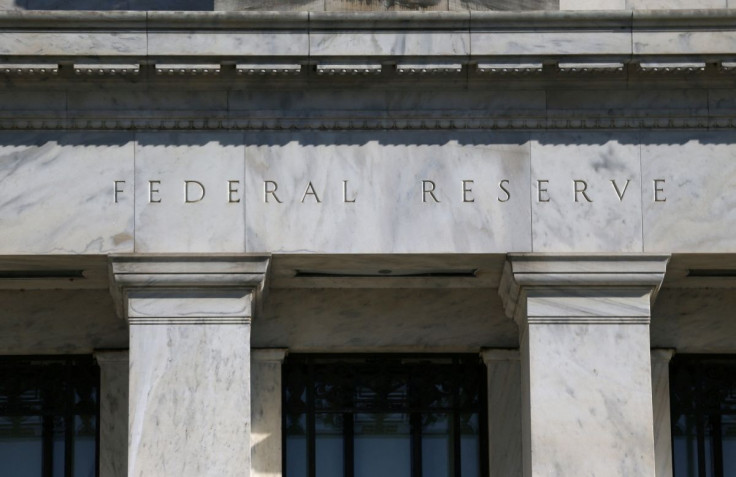The Case For Big Fed Rate Hikes Just Got A Little Stronger

It's not as if U.S. central bankers needed more reasons to step up the pace of interest rate hikes.
But that's what they got on Friday, when the Bureau of Labor Statistics' latest jobs report showed employers added 431,000 to payrolls last month and the unemployment rate fell to a two-year low of 3.6%.
All are signs of a strong labor market with little need for the kind of super-easy monetary policy that the Fed is currently delivering and has begun to unwind.
"A very tight labor market got even tighter," wrote Oxford Economics' Kathy Bostjancic and Lydia Boussour.
Futures contracts tied to the Fed's policy rate fell after the jobs report, as expectations intensified that the Fed will go bigger at next month's meeting and again in June, hiking by a half-a-percentage point each time to deal a more decisive blow to price pressures.
Rate futures contracts reflect odds-on bets for the policy rate to end the year in the range of 2.5% to 2.75%, with about a one-in-three chance of going even higher. Either way that is high enough to put the brakes on growth.
It was just two weeks ago that the Fed raised interest rates by a quarter-of-a-percentage point in its first policy tightening in three years, and signaled ongoing rate hikes ahead to rein in inflation at a 40-year high and climbing.
With average hourly pay that's 5.6% higher than a year earlier, March's labor market report reflected strong demand for workers despite rising borrowing costs that may, to central bankers, also contain a warning signal for a building "wage price spiral" that could make inflation even worse.
For a related graphic on Wage growth accelerated in March, click https://tmsnrt.rs/35ypiRK
At their mid-March meeting, policymakers had projected an end-of-year policy rate of about 1.9%. Since then a number, including Fed Chair Jerome Powell, have signaled their readiness to move faster.
That raises fresh questions over whether the Fed may end up tightening too much, tipping the economy into recession. Historically it's been rare that the Fed has avoided such an outcome once the unemployment rate falls as low as it is now.
For a related graphic, click https://tmsnrt.rs/3DzYUBV
But that's what the Fed is aiming for.
With inflation looking set to accelerate even more after Russia's invasion of Ukraine sent oil prices higher and a COVID-19 outbreak in China threatens to further damage already strained supply chains, tamping down inflation is "essential" to sustaining a strong labor market, Fed's Powell has said.
The Fed targets 2% inflation by a measure known as the personal consumption expenditures price index. In February that measure jumped to 6.4%.
Policymakers don't want to risk that expectations for ever-higher prices get baked into American household and business psychology. Rate hikes are designed to curb demand and blunt that risk.
Besides, policymakers have argued, the labor market has met the standard of full employment, and is strong enough to withstand the kind of fairly rapid withdrawal of support they are contemplating.
Friday's report offered more grist for that argument. The unemployment rate was "little different" than the pre-pandemic rate of 3.5%, the report's authors said.
And it helps ratify the Fed's hope that workers sidelined by the pandemic would find their way back to the labor force as COVID-19 cases fall.
Participation in the labor force by workers in their "prime" years of 25 to 54 rose to 82.5%, the highest level in two years. Most industries are now above or close to their pre-pandemic level of employment
For a related graphic on Jobs by industry Jobs by industry, click https://tmsnrt.rs/2T7xMc7
U.S. employment overall is still 1.6 million below the pre-pandemic level, the report showed.
But Fed policymakers increasingly see that deficit as likely to get filled only slowly and not prone to be hurried along by keeping rates low.
For a related graphic on Remaining jobs gap, click https://tmsnrt.rs/3ltQPaO
© Copyright Thomson Reuters 2024. All rights reserved.





















